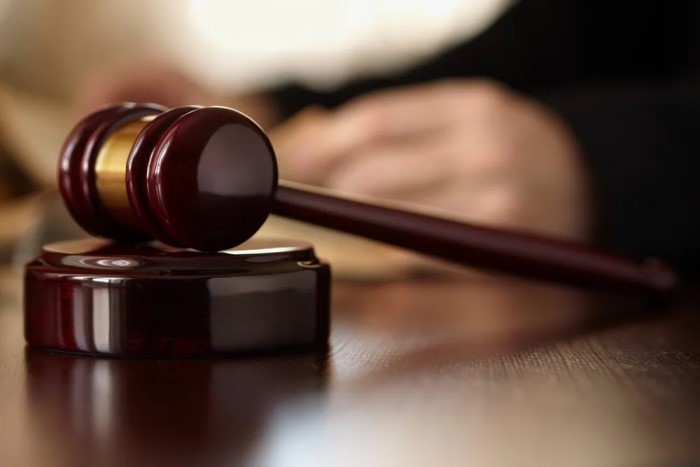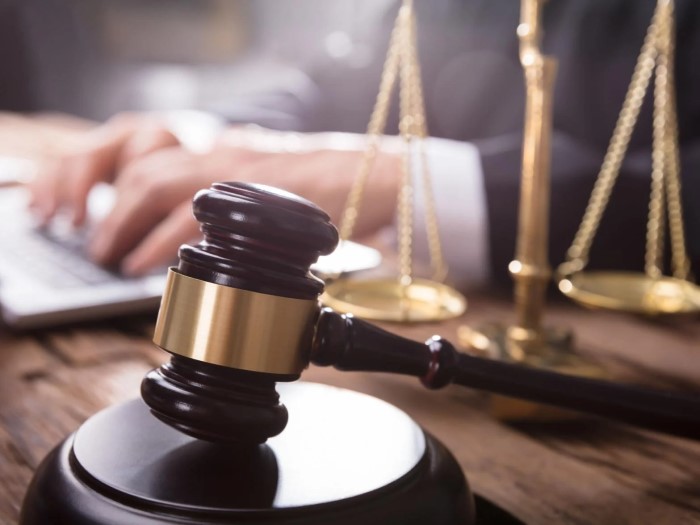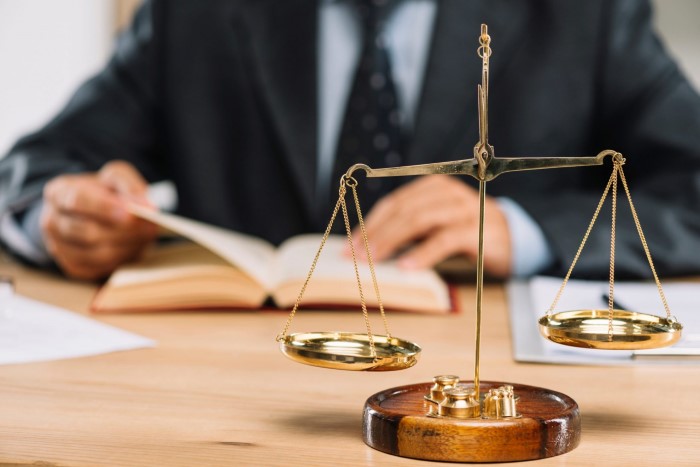The Hilliard School lawsuit revolves around allegations of discriminatory practices within the educational system. It highlights the need for equitable education and the protection of students’ rights. As educators and parents, understanding the nuances of this lawsuit is crucial to fostering an environment that upholds fairness and inclusivity.
Origins of the Hilliard School Lawsuit
The roots of the Hilliard School lawsuit trace back to allegations of unequal treatment and lack of inclusivity. Students and parents brought attention to disparities in resources, opportunities, and disciplinary actions among different student groups. This led to a legal battle aimed at addressing these issues head-on.
Unpacking Discrimination Claims
One of the core elements of the Hilliard School lawsuit is the assertion of discriminatory practices. The plaintiffs argue that certain student groups, particularly those from marginalized backgrounds, faced systemic biases that hindered their access to quality education. These claims prompt us to reflect on the importance of creating an educational environment that caters to the diverse needs of all students.
The Role of Educational Policies
Central to the lawsuit are the educational policies that have been scrutinized for potential bias. The plaintiffs argue that certain policies disproportionately affect marginalized students, leading to unfair treatment and limited opportunities. This brings to light the necessity of reviewing and revising policies to ensure they promote equality and inclusivity.
Impact on Students and Parents
The Hilliard School lawsuit has had a profound impact on both students and parents. It has sparked conversations about the experiences of students from different backgrounds and the challenges they may face within the educational system. Parents are now more engaged than ever, advocating for transparency, accountability, and improved conditions for their children.
Addressing Disciplinary Disparities
A critical aspect of the lawsuit pertains to disciplinary practices within schools. Allegations suggest that certain student groups faced harsher disciplinary actions, contributing to a cycle of inequality. As educators, it is imperative to address these disparities and adopt restorative practices that promote a safe and nurturing learning environment for all.
Inclusivity and Special Education
In the context of the Hilliard School lawsuit, inclusivity and special education have taken center stage. The lawsuit underscores the need for schools to provide appropriate resources and support for students with special needs. It also highlights the importance of fostering an inclusive culture that values and celebrates the contributions of every student.
The Legal Process Unveiled
Navigating a lawsuit of this magnitude involves a complex legal process. From filing complaints to presenting evidence, each step plays a pivotal role in the outcome. Legal experts and educators must collaborate to ensure that the process is fair, transparent, and upholds the principles of justice.
Potential Outcomes and Future Implications
The Hilliard School lawsuit has the potential to bring about significant changes in the education system. Potential outcomes could include policy revisions, increased training for educators, and a renewed commitment to inclusivity. As we await the resolution of the lawsuit, the education community anticipates its impact on shaping the future of learning.
FAQs About the Hilliard School Lawsuit
Q: What is the Hilliard School lawsuit all about?
A: The Hilliard School lawsuit centers on allegations of discriminatory practices within the educational system, raising questions about equal treatment and inclusivity.
Q: What prompted the filing of the lawsuit?
A: Allegations of unequal resources, opportunities, and disciplinary actions among different student groups prompted the lawsuit’s filing.
Q: How does the lawsuit address disciplinary disparities?
A: The lawsuit emphasizes the need to address disparities in disciplinary actions, particularly those that affect marginalized student groups.
Q: What role do educational policies play in the lawsuit?
A: Educational policies are central to the lawsuit, with claims that certain policies perpetuate bias and unequal treatment.
Q: What impact does the lawsuit have on parents?
A: The lawsuit has encouraged parents to advocate for transparency, accountability, and improved conditions for their children within the educational system.
Q: What potential outcomes can we expect from the lawsuit?
A: The lawsuit could lead to policy revisions, enhanced educator training, and a renewed commitment to inclusivity within schools.
Conclusion: A Call for Equity and Inclusion
The Hilliard School lawsuit serves as a reminder that education should be a right accessible to all, regardless of their background. It challenges us to evaluate our educational practices, policies, and attitudes, ensuring that every student receives the support they need to thrive. By addressing the issues raised in the lawsuit, we pave the way for a more just and inclusive educational landscape.
In a world that is constantly evolving, it is imperative that our educational institutions adapt and grow alongside it. The Hilliard School lawsuit is a catalyst for positive change, encouraging us to reexamine our priorities and make strides toward creating a more equitable and empowering environment for students.
As we await the resolution of this lawsuit, let us use it as an opportunity to engage in meaningful dialogue, advocate for change, and work collectively to shape an education system that truly serves the needs of all students.




